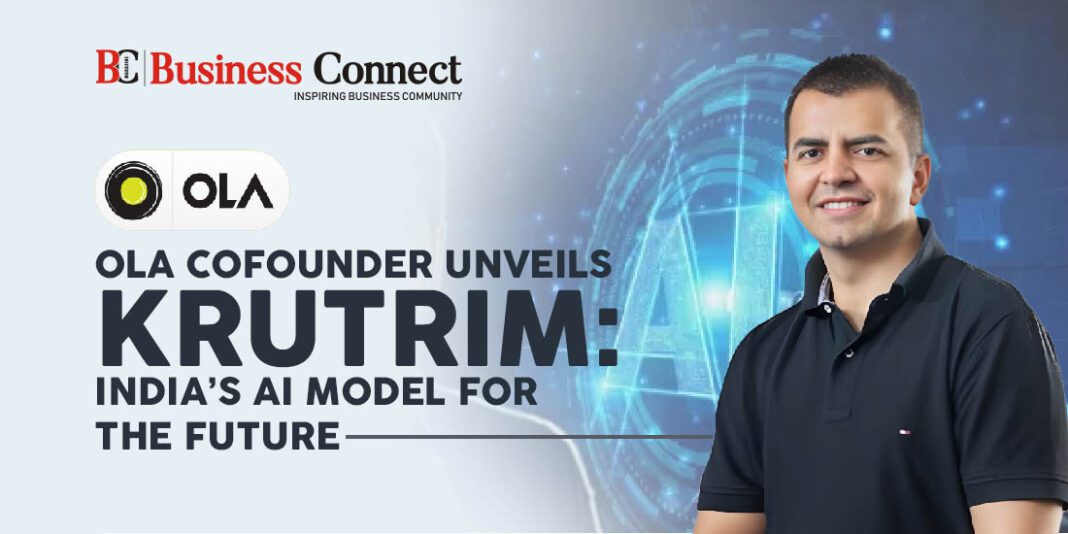Ola Cofounder Unveils Krutrim: India’s AI Model for the Future
Written by Sanjay Kumar
In a significant development on Friday (December 15), Bhavish Aggarwal, the cofounder of Olacabs and Ola Electric, introduced Krutrim, a pioneering artificial intelligence (AI) company. While Aggarwal highlighted the AI model’s customization for Indian requirements, key details, including technical documentation and industry adoption strategies, remain undisclosed.
Over the next six months, Krutrim plans to design its own chips with a focus on efficiency. However, the absence of technical specifications and insights into the company’s approach to industry integration raises questions about its future trajectory.
Aggarwal showcased the Krutrim model, emphasizing its training on an extensive dataset of 2 trillion tokens, aligning it with foundational models from global tech giants like OpenAI, Meta, and Google. The AI model boasts the capability to communicate in 10 Indian languages and understand 22, as demonstrated during the unveiling. The year-long development process emphasizes the company’s commitment to robust technology.
The cofounder revealed ambitious plans to develop technology for data centers, aiming for enhanced efficiency and sustainability. Aggarwal stressed the need to design silicon chips locally for data centers, emphasizing the importance of a cost-effective and environmentally friendly solution.
Despite the enthusiasm surrounding Krutrim, crucial details, such as potential enterprise clients, data sources for model training, and specifics on data center and chip investments, were withheld.
Aggarwal clarified Krutrim’s distinct identity, stating, “Krutrim is a separate business altogether, not integrated at a transactional level with Ola or Ola Electric.” While he acknowledged some investments in Krutrim, the details remain undisclosed.
The announcement aligns with the growing interest in India-specific AI platforms and applications, with the government set to unveil its AI policy under the India AI program on January 10. Union Minister Rajeev Chandrasekhar highlighted the policy’s focus on public-private partnerships for AI databases and indigenous compute capacities.
Regarding Krutrim’s relationship with the government-backed Bhashini project, Aggarwal emphasized the need for large-scale commercial deployments over research-oriented efforts. However, concerns were raised by industry stakeholders, with calls for Krutrim to open-source its model and release a technical whitepaper in accordance with industry standards.
Kashyap Kompella, CEO of RPA2AI Research, noted the capital-intensive nature of Krutrim’s focus areas and urged the venture to provide transparency through open-sourcing and technical documentation. An anonymous industry consultant sought clarification on data sources and potential challenges in opening up billion-dollar efforts such as silicon design and data center development at the onset. As the industry eagerly awaits further details, Krutrim’s unveiling sparks discussions on the future of India’s AI landscape.
Must Read:-
- Stock Market Update
- Top 10 shoe brands in India for men & women 2023
- Top 10 Adorable Gifts for Your Special One
- Top 10 Countries with Maximum Indian Population as Citizens
- Top 10 Small Business Statistics You Need to Know For 2023
- Top 10 highest-paid CEO in the World
- Top 10 richest person of India
- Top 10 Highest-Paid CEOs of India


